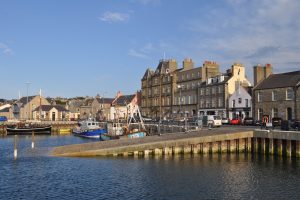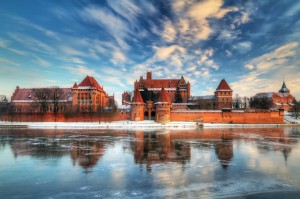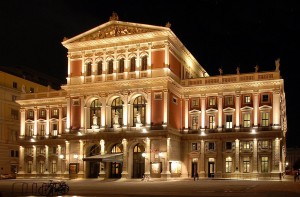The Orkney Islands are dissatisfied with the current funding and attention it receives from the UK government. Something that now has lead to Orkney council to start to investigate “alternative forms of governance”. The most radical of proposals being becoming a Norwegian territory again.
Historically Orkney was under Norwegian and later Danish rule from the early viking age until 1472 when the islands became Scottish as part of the wedding dowry for Margaret of Denmark when she married the future wife of King James III of Scotland.
The less radical – and probably more likely – options for Orkney to pursue is however a status more akin to that which the Channel Islands and the Isle of Man enjoy today.
Source: BBC Scotland



